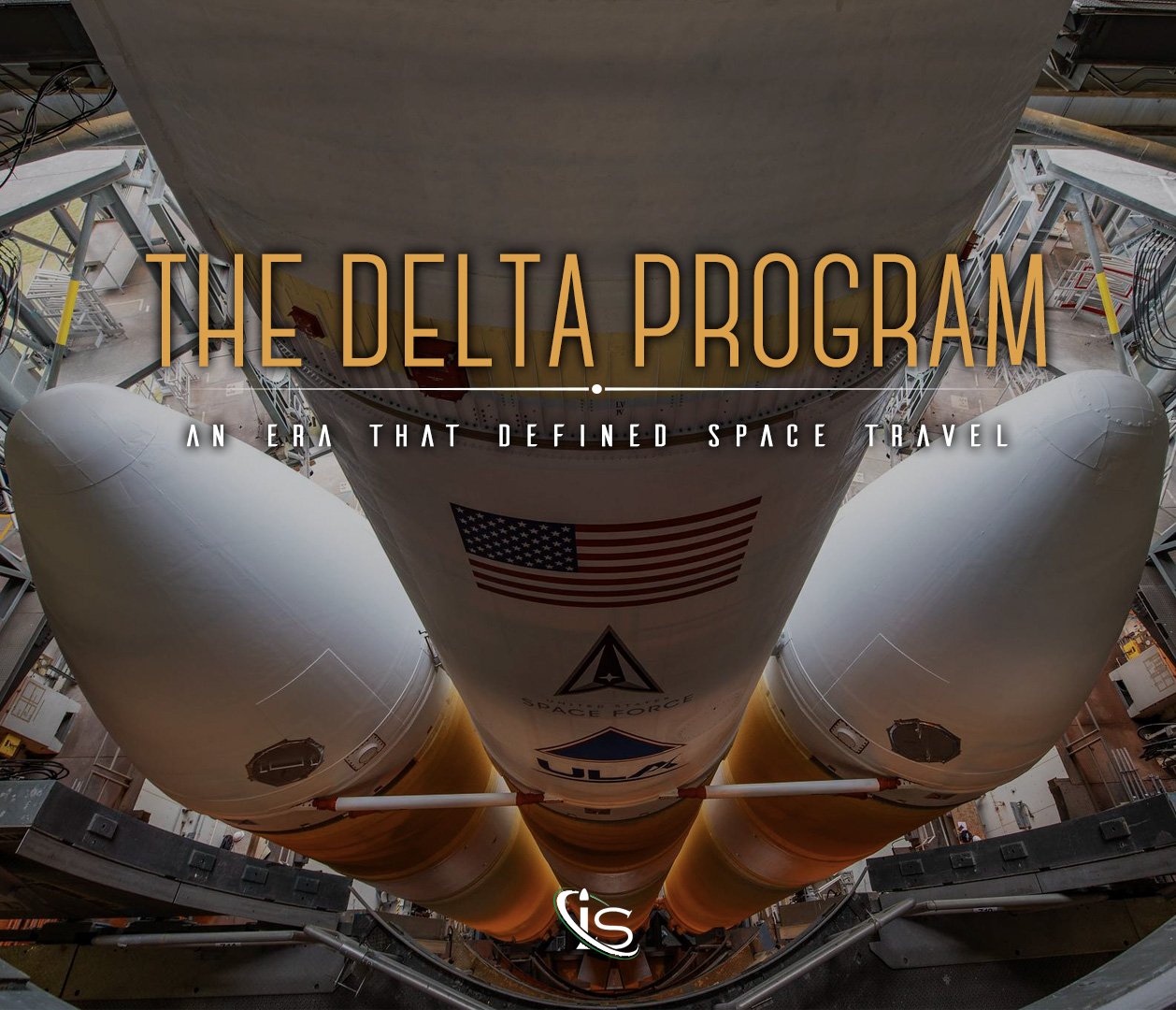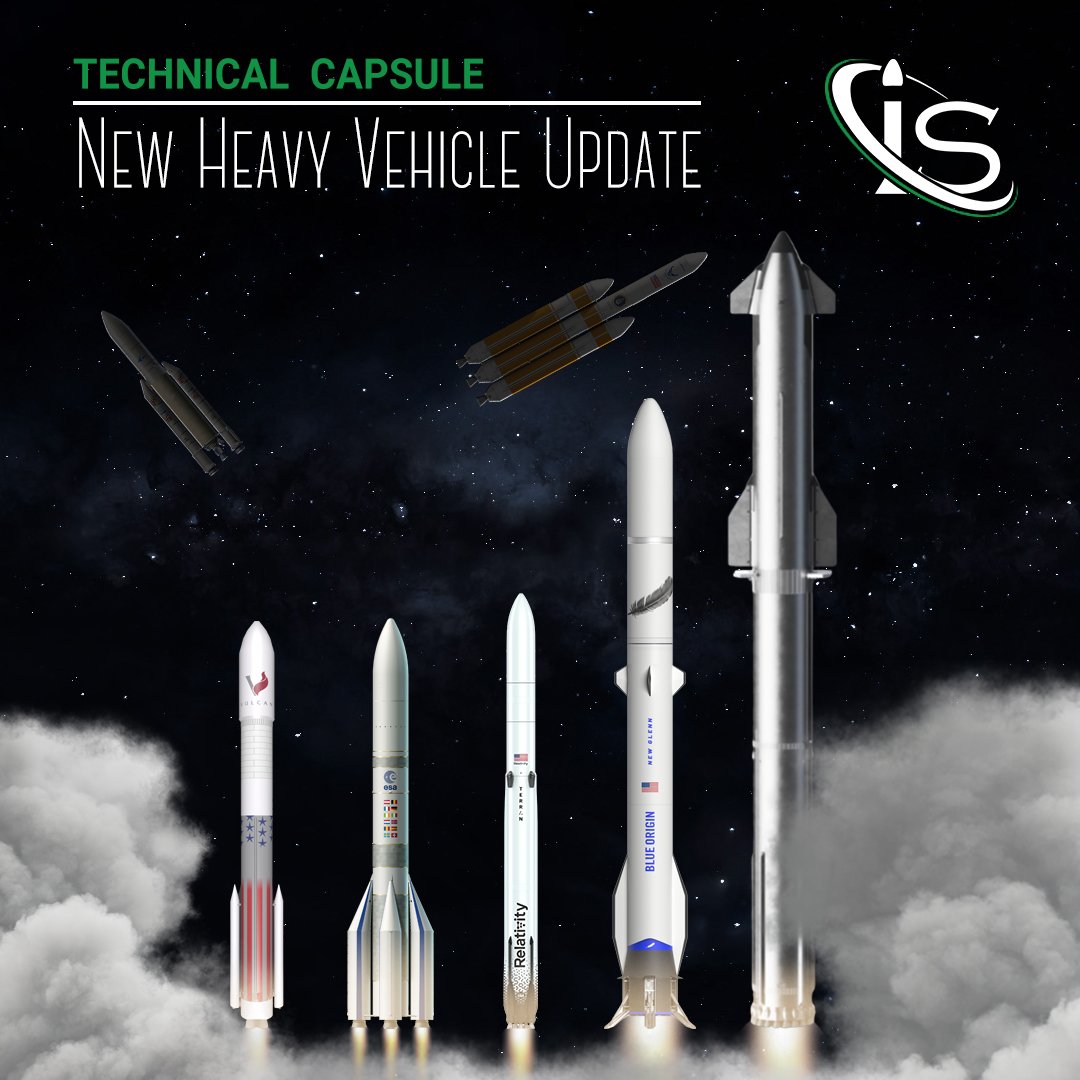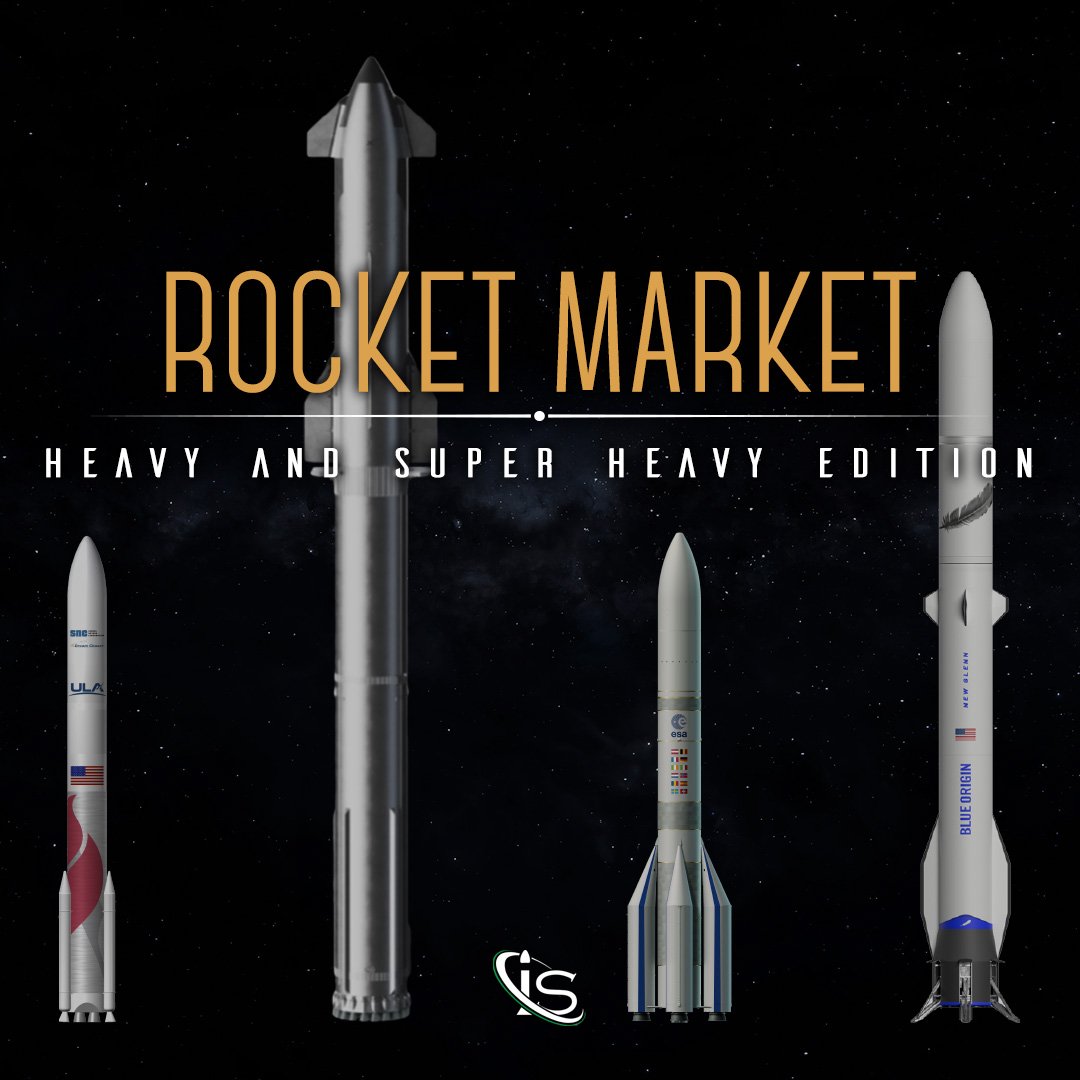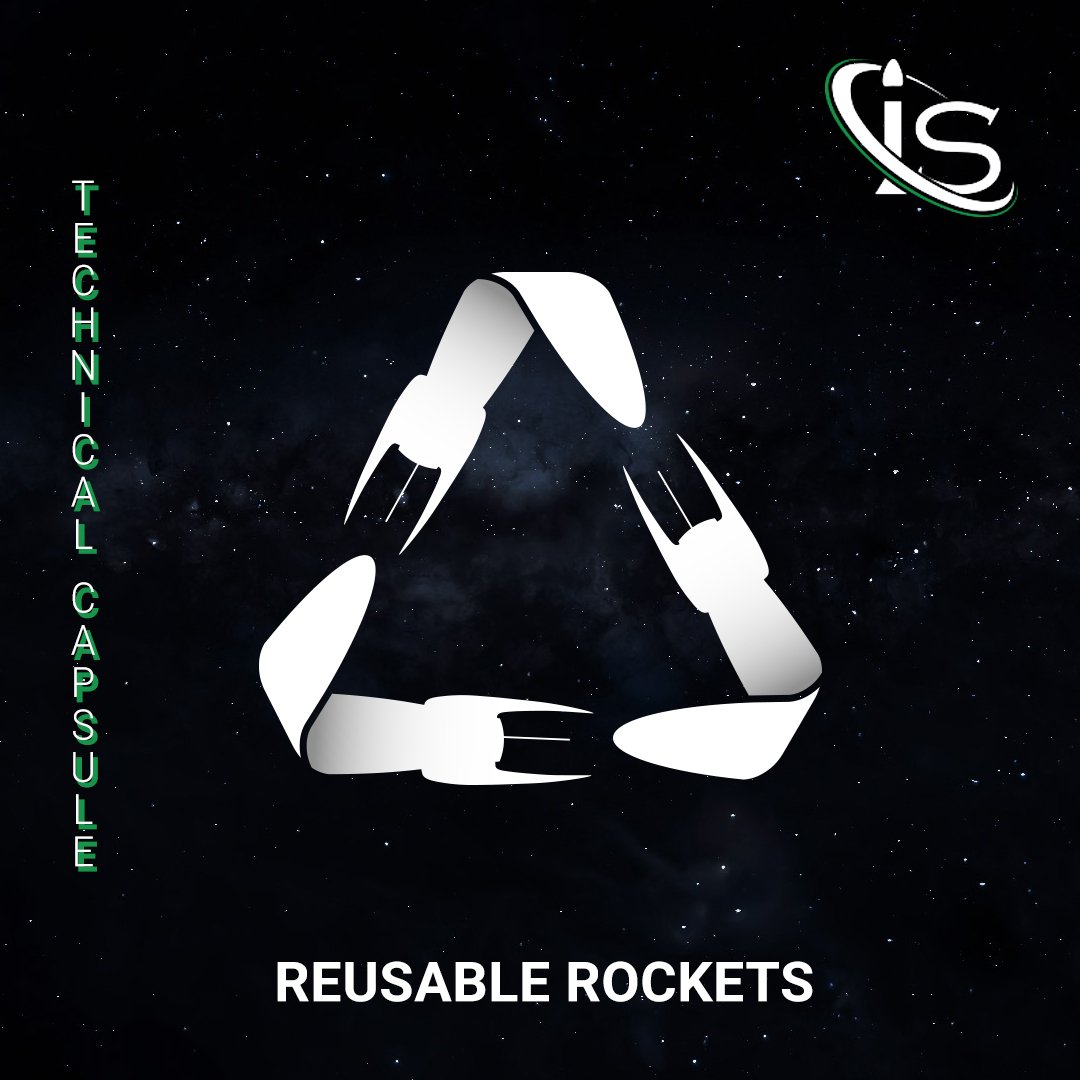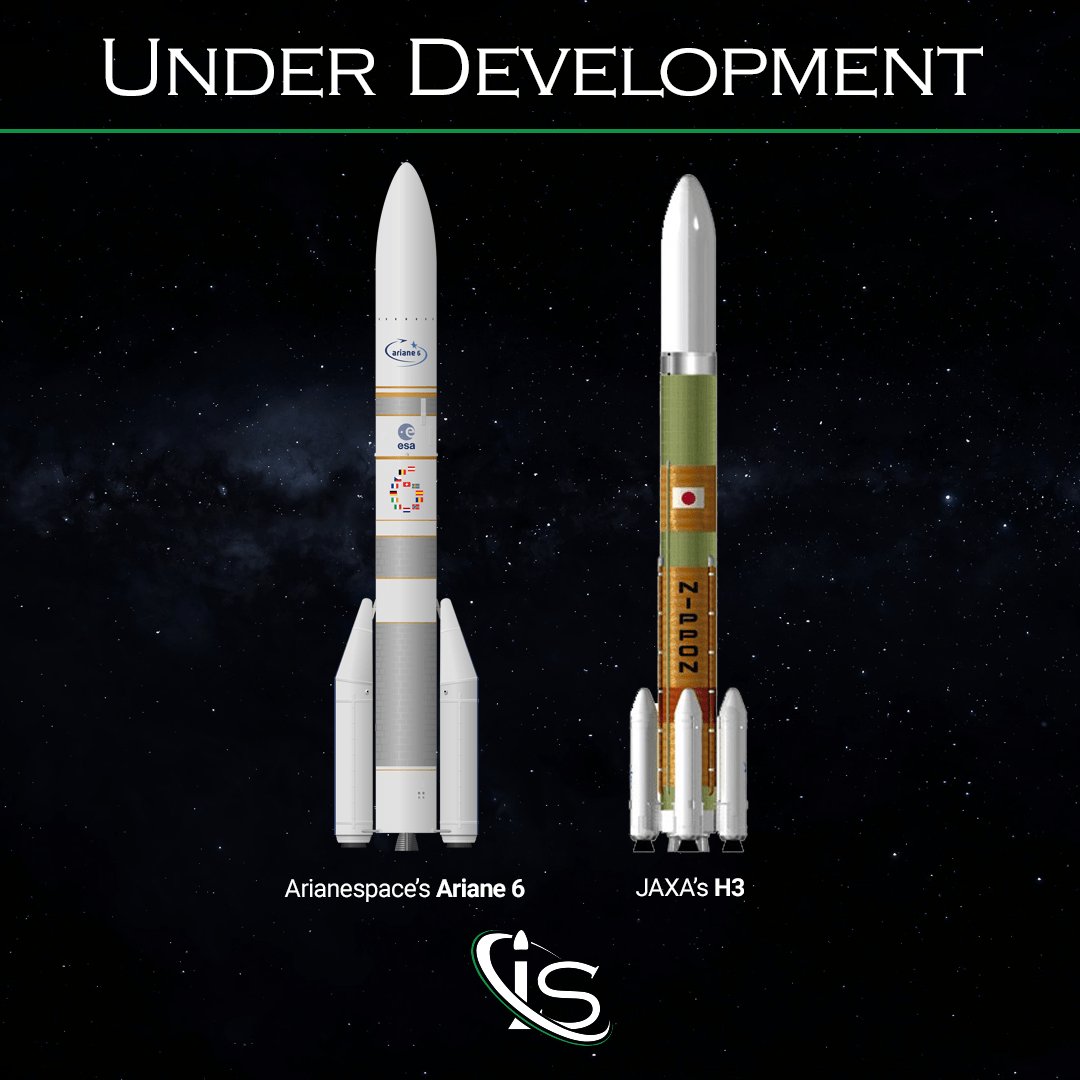Welcome to a new chapter spotlighting upcoming Launch Vehicles! Last time, the lead actors were two Super-Heavy rockets: Falcon Heavy and Starship; today, the rockets are still big but are “just” heavy-lift launch vehicles (in the LV NASA Classification). They are ULA’s Vulcan Centaur and Blue Origin’s New Glenn.
Compared to when we first published this comparison, there’s some major updates. Specifically, Vulcan Centaur has just successfully completed its second test launch last week, while New Glenn is still getting ready for its inaugural flight. So, let’s go into the details to discover all the differences and, perhaps more interestingly, similarities between Vulcan Centaur and New Glenn.
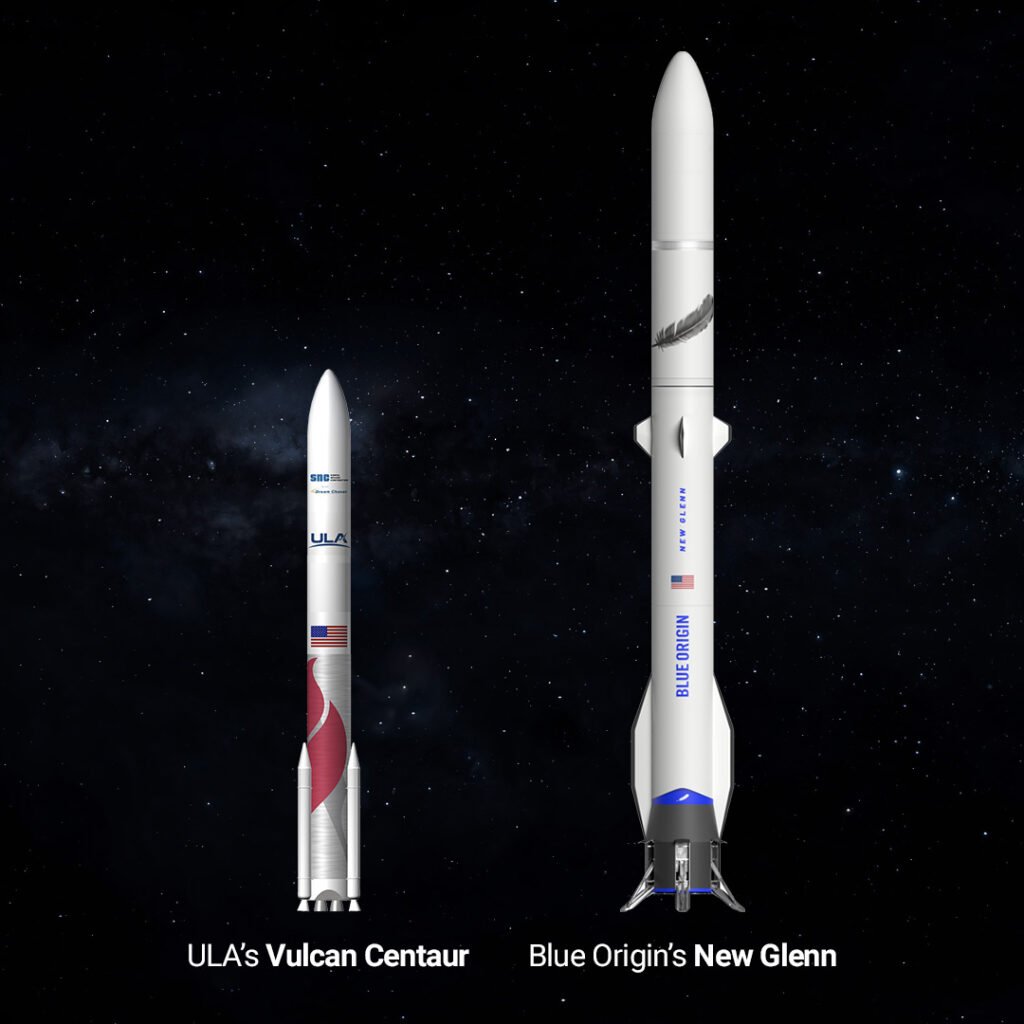
ULA’s Vulcan Centaur
Vulcan Centaur is a rocket developed by United Launch Alliance (ULA) in the factory in Decatur, Alabama. The focus in the design of Vulcan Centaur is to give cheaper access to space compared to Atlas V and Delta IV, while having a higher performance and greater affordability and always assuring unmatched reliability and precision. Moreover, the goal is to have 20 to 25 launches per year. The US military invested in this project, expecting to launch national security satellites with Vulcan Centaur. In fact, as of now, ULA won the Phase 2 contract of the NSSL (National Security Space Launch) missions, being responsible for flying 25 of the total 26 missions — the twenty-sixth has already flown on Atlas V this summer. It is, also, currently competing with SpaceX and Blue Origin — whose rocket makes up the other half of this post — for the Phase 3 contract.
The rocket has multiple variants with the possibility to have a different number of boosters and different configurations for the fairing. To be exact, Vulcan Centaur can have 0, 2, 4, or 6 boosters and a standard faring with a 15.5 m length or a large fairing with a 21.3 m length. These characteristics are discussed in the Flight Configuration Key, which will follow shortly:
![]()
where:
VC: Vulcan Centaur
6 = the number of solid rocket boosters (0, 2, 4, 6)
L = Payload fairing length (Standard or Large)
Vulcan’s Stages
The rocket is divided into two stages with an Interstage Adapter between them The first stage is powered by two engines, more specifically, the BE-4s — which we will encounter again with New Glenn, as they are both designed and manufactured by Blue Origin. Furthermore, the presence of boosters increases the thrust created at liftoff. Those boosters, the GEM-63XL, are designed by Northrop Grumman.
The second stage, called “Centaur V”, instead, is powered by two Aerojet Rocketdyne’s RL10C engines, which are their first 3D printed engines. The Aerojet Rocketdyne engines are a link between Vulcan and its predecessors Atlas V and Delta IV. These had the second stage powered by RL10, itself a predecessor of the RL10C. In this regard, Aerojet Rocketdyne has reported a record order of RL10C engines in April 2022: 116 engines! However, this order is justified with the contract with Amazon for the launch of 38 missions with Vulcan Centaur for the Kuiper Project. The Kuiper Project will be a broadband constellation with more than 3000 satellites in orbit; Amazon signed off on ir with Arianespace, ULA, and, obviously, with Blue Origin.
We will review all the rockets’ numerical specifications in the tables below, so as to compare the two launchers together.
Vulcan’s First Two Flights
The first flight of Vulcan Centaur happened earlier this year, on January 8th. On board it had both payloads from Celestis and the Peregrine lunar lander developed by Astrobotic Technology. The first proved the engine restart capability of the rocket’s second stage, Centaur, by deploying payloads in multiple orbits. The second payload, unfortunately, failed, thus not reaching the Moon, but for reasons unrelated to Vulcan Centaur.
The second flight happened just last week, on October 4th. This was needed for the certification to fly the NSSL missions, and, fortunately, was another successful launch for Vulcan, albeit it had to overcome an anomaly in one of the rocket’s SRBs. The flight was originally intended to carry the cargo variation of the Dream Chaser Space System, which is being developed by Sierra Space. However, due to delays on the Dream Chaser side of things, the payload was changed to a mass simulator, with the focus shifting to experiments and demonstrations of Centaur V’s future capabilities.
You can check here to stay up to date with all of Vulcan Centaur’s future missions.
Blue Origin’s New Glenn
New Glenn is the first orbital rocket developed by Blue Origin, the company founded by Jeff Bezos in 2000. Blue Origin also has a suborbital program for space tourism with its rocket New Shepard, named after the first American astronaut, Alan Shepard. New Glenn is similarly named after a famous astronaut, this time John Glenn, the first American astronaut to orbit around Earth, in 1962.
Blue Origin designed New Glenn to decrease costs, thereby increasing access. In fact, they have developed a first stage that is reusable for a minimum of 25 missions. Therefore, New Glenn will be competitive for civil, commercial, and national security operators. The project also includes the possibility to carry people, in addition to payload, on Earth’s orbit and beyond.
New Glenn’s Stages
Like we said before, New Glenn is a two stage rocket. The first stage is powered by BE-4 engines, just like Vulcan. In this case, however, the number of engines is 7. These BE-4s are very powerful, releasing more than twice the max thrust of a single Falcon 9 Merlin. The second stage powered by 2 re-ignitable BE-3Us, on the other hand, is designed for highly energetic missions to LEO, MEO, GEO and beyond.
The first stage is reusable with minimal maintenance and inspection between flights. This is thanks to three main features: the introduction of two wing-like strakes to create lift and cross-range; four fins used for attitude adjustments; and landing gear to support and secure the first stage when landing on the landing platform ship, Jacklyn. Blue Origin has the aim to have a fully reusable rocket; in fact, Project Jarvis has been created to develop a reusable second stage.
New Glenn’s capacity is very high, capable of taking 45 MT to LEO and 13 MT to GTO, due to the fairing having a 7 m diameter, creating twice the payload volume of other existing launch vehicles.
Maiden Flight
New Glenn’s maiden flight was scheduled for this October. However, that date has been pushed back, with a new one having yet to be established. Part of the reason for this delay is the slower than expected development and manufacturing times. The other is that the NASA Mars-bound smallsats that were scheduled to fly aboard this launch have been pulled from doing so. With the rocket still untested, NASA is concerned about potentially having to drain the smallsats of their fuel in case of further delays, something that would be undesirable both cost and efficiency-wise.
Having said that, being able to follow its own timeline, as opposed to try and stick to a third party’s, might prove beneficial to New Glenn. In fact, Blue Origin is now planning on the first launch hosting hardware for its Blue Ring project. But for now, all we can do is wait to see how New Glenn’s first launch unfolds.
Once again, you can check here for all updates on New Glenn’s maiden flight and on future missions.
Final Comparison
In this last section, we will give the numbers behind these launch vehicles, in order to give a full comparison the two.
General
For starters, the two rockets are quite different. New Glenn is taller and has a larger fairing envelope; furthermore, the reusability of the first stage makes it the cheaper option.
| Vulcan Centaur | New Glenn | |
| Height | 62 – 67 m | 98 m |
| Max Diameter | 5.4 m | 7 m |
| Gross Lift-off Weight | 547 T | |
| Maiden Flight | January 8th, 2024 | TBD |
| Reusable? | No | Partially reusable |
The capability to LEO of New Glenn, like we said before, is higher, since the fairing envelope is bigger. However, as for the capability to GTO, the largest configuration of Vulcan Centaur, the VC6L, provides a slightly greater one.
| Capability | VC0S | VC2S | VC4S | VC6S | VC6L | New Glenn |
| To LEO | 9.2 MT | 16.3 MT | 21.6 MT | 25.8 MT | 26.9 MT | 45 MT |
| To GTO | 3.5 MT | 8.4 MT | 11.7 MT | 14.5 MT | 15.3 MT | 13 MT |
First Stage
Both Vulcan and New Glenn have the same engine for the first stage; however, since Vulcan has the possibility to have 2 to 6 boosters, it needs less engines than its competitor.
| First Stage | Vulcan Centaur | New Glenn – “GS1” |
| Height | 57.5 m | |
| Engine Name | BE-4 | BE-4 |
| Engine Contractor | Blue Origin | Blue Origin |
| Engine Number | 2 | 7 |
| Oxidizer / Fuel | CH4/LOX | CH4/LOX |
| Max Thrust | 4.9 MN | 17.1 MN |
| Specific Impulse |
Second Stage
For the second stage, Vulcan uses two engines produced by Aerojet Rocketdyne, while New Glenn has two self-produced engines with a max thrust seven times that of Vulcan Centaur.
| Second Stage | Vulcan Centaur – “Centaur V” | New Glenn – “GS2” |
| Height | 39.5 m | |
| Engine Name | RL-10C | BE-3U |
| Engine Contractor | Aerojet Rocketdyne | Blue Origin |
| Engine Number | 2 | 2 |
| Oxidizer / Fuel | LH2/LOX | LH2/LOX |
| Max Thrust | 212 kN | 1400 kN |
| Specific Impulse | 460.9 s |
Boosters
Only Vulcan Centaur has boosters, so, instead of a comparison, this table will just show the numbers behind them.
| Boosters | Vulcan Centaur |
| Name | GEM-63XL |
| Contractor | Northrop Grumman |
| Number | 0, 2, 4 or 6 |
| Height | 18.5 m |
| Oxidizer / Fuel | HTPB, Al / AP |
| Max Thrust | 2.2 MN |
And with that, we have come to the end of our capsule. We can’t wait to see what these rockets have in store for us in the future and sincerely wish all the best to New Glenn with its maiden launch, whenever that may be. If you want more rocket comparisons, check out our article on Ariane 6 and H3!
